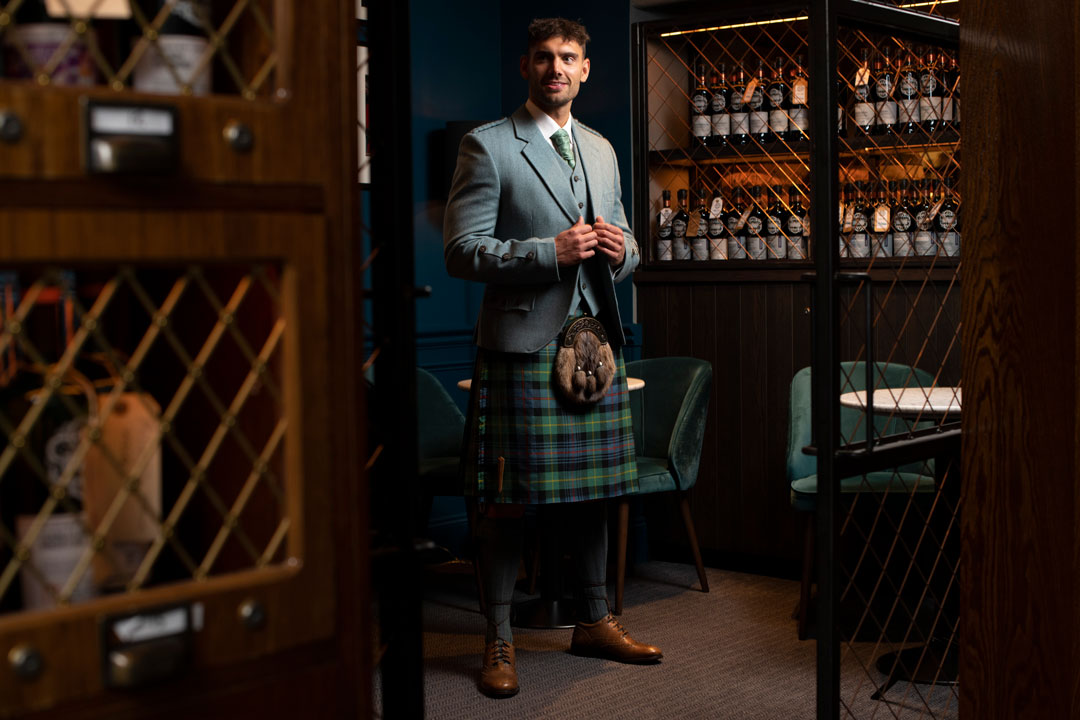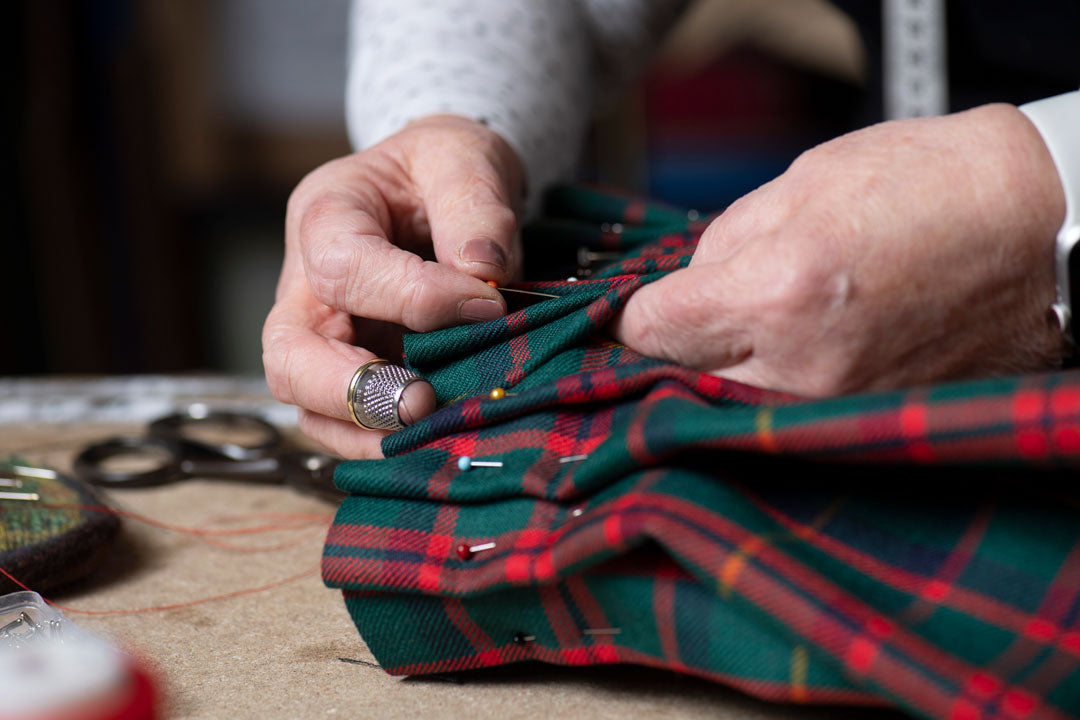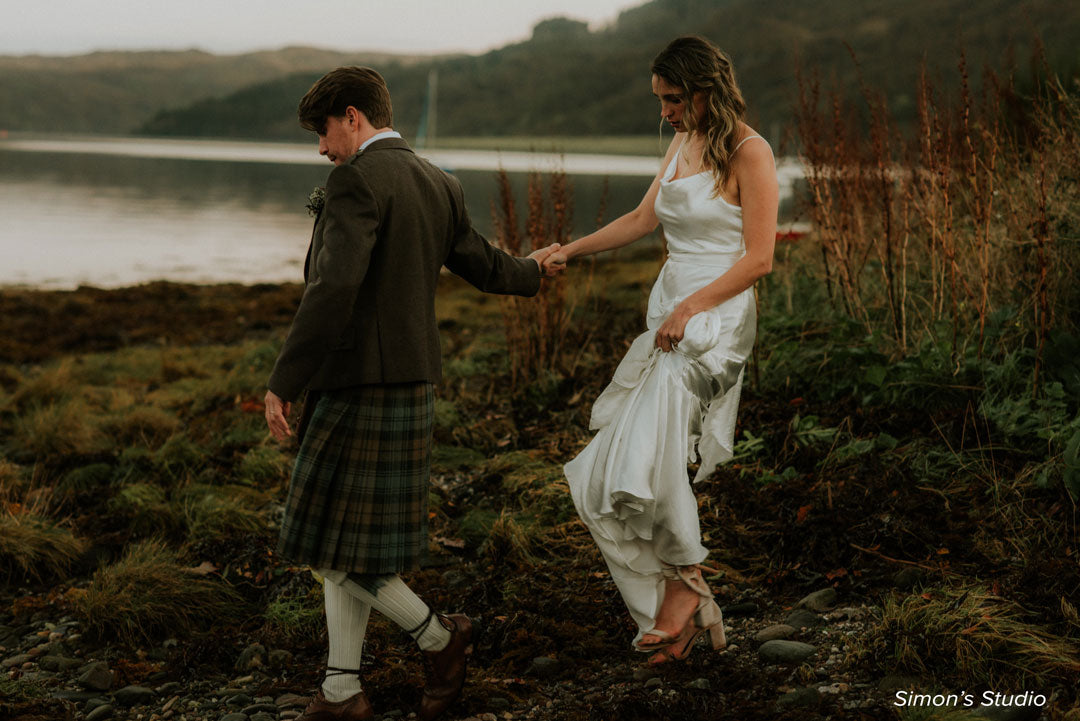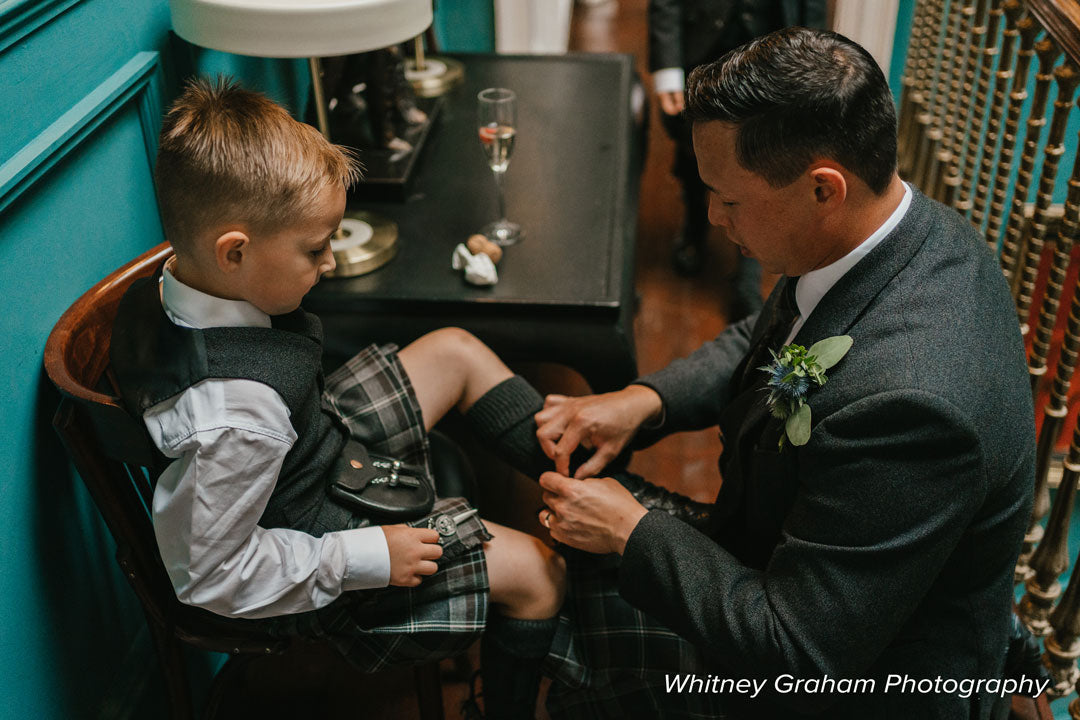From clay pipe making to straw working, thanks to roughly 12 millennia of continuous inhabitation, Britain’s long history has produced a plethora of traditional crafts. However, due to modernisation, many of these crafts have fallen away and become extinct. Whether this is because there are now easier ways to make the items or because there is no longer a use for such items, it’s still a piece of culture that will forever be lost to the history books. UNESCO defines traditional craftsmanship as “the most tangible manifestation of intangible cultural heritage”, which is a poetic way of summing up the importance of keeping as many traditional crafts alive as possible.
 In 2017, The Heritage of Crafts Association published its first Red List of Endangered Crafts. The list was the first of its kind to rank traditional crafts on how likely they were to survive to the next generation. The list is split into two sections, Endangered and Critically Endangered. The list aims to act as a call to action for those who have the skills to continue these crafts and as a result, will help prevent any cultural loss for years to come.
In 2017, The Heritage of Crafts Association published its first Red List of Endangered Crafts. The list was the first of its kind to rank traditional crafts on how likely they were to survive to the next generation. The list is split into two sections, Endangered and Critically Endangered. The list aims to act as a call to action for those who have the skills to continue these crafts and as a result, will help prevent any cultural loss for years to come.
 Is Kilt Making An Endangered Craft?
Is Kilt Making An Endangered Craft?
In 2021 kiltmaking was unfortunately added to the Red List of Endangered Crafts. The entry is for kiltmaking in a traditional sense, meaning by hand using centuries-old techniques. This poses a risk not just to the craft itself but also to the entire nation of Scotland. As kilts are so relevant to modern-day Scottish symbolism, losing the ability to craft them in the same way as they were made hundreds of years ago would be a cultural disaster.
 Why Is Kilt Making An Endangered Craft?
Why Is Kilt Making An Endangered Craft?
The issue isn’t that demand for highlandwear has dropped, the reason kiltmaking is an endangered craft is because there is less demand for specifically hand-made kilts. Machine-made kilts are cheaper as they take less time to make and because they are cheaper, more and more people are choosing to buy machine-made options. Even though a handmade kilt can be unstitched and remade into another size or the material can be used to make tartan products, price still plays a big part in people’s purchasing behaviour. As a result, there are fewer people that are economically driven to learn the traditional craft of making a kilt by hand. The future of kiltmaking along with all traditional crafts is firmly in the hands of the people who currently have the skills, but if they are unable to pass down their knowledge, then the craft will cease to exist. Traditional kiltmaking in particular is a difficult skill to learn from text or video as there are so many intricate techniques. These tips and tricks have been passed down through the ages and to truly master the skill, you need to be taught by someone in person.
 Will The Traditional Craft Of Kilt Making Go Extinct?
Will The Traditional Craft Of Kilt Making Go Extinct?
While the risk of kiltmaking going extinct is undoubtedly there, it’s not something that will happen soon, if ever. The Heritage of Crafts Association looks at the total number of craftspeople left in any one craft to determine the likelihood of its survival. While yes, there aren’t that many traditional kiltmakers left in Scotland and machine-made kilts are cheaper choices, there is still a significant demand for handmade kilts to keep the craft alive for many years to come. There is something symbolic or prestigious about wearing a kilt that was hand stitched using the same techniques that your ancestor's kilts were made with. As mentioned previously, a handmade kilt can also be resized which makes it the best option if you plan on passing it down to your kids. I think it’s safe to say that for now, handmade kilts aren’t going anywhere.
 If this article has inspired you to buy a new handmade kilt then you’re in the right place. At MacGregor and MacDuff, we have over 4,000 tartans to choose as well as the option to design your own tartan if you’re looking for something a bit more bespoke. We also have a wide range of jacket styles to choose from if your entire highlandwear outfit needs a refresh. All of this is available through our website but if you’d like a more personal shopping experience book an appointment for an in-store visit or virtual chat with one of our stylists.
If this article has inspired you to buy a new handmade kilt then you’re in the right place. At MacGregor and MacDuff, we have over 4,000 tartans to choose as well as the option to design your own tartan if you’re looking for something a bit more bespoke. We also have a wide range of jacket styles to choose from if your entire highlandwear outfit needs a refresh. All of this is available through our website but if you’d like a more personal shopping experience book an appointment for an in-store visit or virtual chat with one of our stylists.
